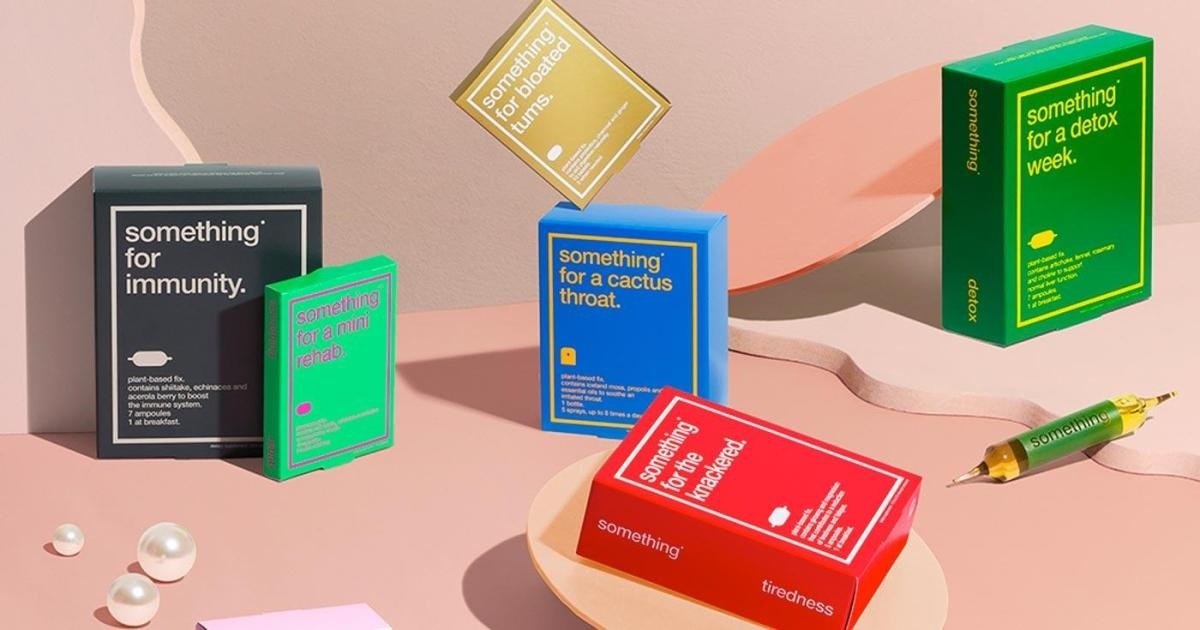The Pamacrystial, also known for its enchanting crystal-like leaves and compact form, has gained popularity among houseplant enthusiasts. It’s valued not only for its stunning appearance but also for being relatively low-maintenance, making it an excellent choice for beginner and experienced gardeners alike. Although generally easy to care for, a few specific practices will keep your Pamacrystial thriving in any home environment. This guide explores everything you need to know about Pamacrystial plant care, from sunlight requirements to watering, soil, and beyond.
Understanding the Pamacrystial: Unique Characteristics
The Pamacrystial plant care stands out due to its translucent, slightly succulent leaves that can vary in shades of green and sometimes display hints of blue or pink under the right conditions. This small to medium-sized plant grows best in pots and can adapt well to indoor environments, where it can receive controlled levels of light and humidity. Originally native to tropical and subtropical regions, the Pamacrystial has adapted well to indoor care but still retains some of its native preferences.
Light Requirements: Moderate to Bright Indirect Sunlight
Like many tropical plants, the Pamacrystial thrives in moderate to bright indirect light. Here are a few specific tips:
- Positioning: Place the Pamacrystial near a window that provides bright but filtered sunlight, such as an east- or north-facing window. Direct sunlight can be too intense and may lead to leaf burn.
- Artificial Lighting: If your indoor space lacks natural light, consider using full-spectrum LED grow lights. Pamacrystials do well with artificial lighting, provided they get about 8-12 hours of light per day.
- Seasonal Changes: Adjust your plant’s position as the seasons change. In winter, you might want to move it closer to the light source since daylight hours are shorter.
Watering: Striking the Right Balance
The Pamacrystial plant care, with its semi-succulent leaves, is moderately drought-tolerant, but it still requires a careful watering schedule. Here’s how to manage watering effectively:
- Frequency: Water only when the top inch of soil feels dry to the touch. Generally, this translates to watering every 7-10 days in warmer months and less frequently in winter.
- Watering Method: Use the “soak and dry” method, where you water thoroughly until you see excess draining out of the bottom, and then allow the soil to dry out before the next watering. This technique helps prevent root rot.
- Humidity and Misting: The Pamacrystial enjoys higher humidity levels, so consider misting the plant or placing it near a humidifier. Avoid misting too frequently, as it can encourage fungal growth.
Soil and Potting: Well-Draining Soil is Key
Choosing the right soil and potting arrangement is essential for preventing waterlogging and ensuring root health:
- Soil Composition: A well-draining potting mix is essential for the Pamacrystial. Consider a mix that contains cactus or succulent soil with added perlite or sand to improve drainage.
- Pot Type: Use a pot with drainage holes to prevent water from accumulating at the bottom. Terracotta pots can be especially beneficial, as they allow excess moisture to evaporate more readily than plastic pots.
- Repotting Needs: The Pamacrystial doesn’t require frequent repotting. Plan to repot every 2-3 years or when you notice the roots becoming crowded. Choose a slightly larger pot when repotting, and refresh the soil to keep it nutrient-rich.
Temperature and Humidity: Mimicking Tropical Conditions
Pamacrystial plant care prefer a warm environment with a good balance of temperature and humidity:
- Ideal Temperature Range: Keep your Pamacrystial in an area where the temperature ranges from 65-80°F (18-27°C). Avoid placing it in drafty locations, such as near doors or windows that are frequently opened.
- Humidity Level: Pamacrystials enjoy a bit more humidity than the average indoor environment provides. Aim for around 50-60% humidity. If your home is dry, use a humidifier or place the plant on a pebble tray with water to increase humidity levels gently.
Fertilization: Feeding for Healthy Growth
The Pamacrystial benefits from occasional feeding, particularly during the growing season:
- Type of Fertilizer: Use a balanced, water-soluble fertilizer, ideally one formulated for houseplants. An NPK (nitrogen, phosphorus, potassium) ratio of 10-10-10 or 20-20-20 works well.
- Frequency: Feed your Pamacrystial every 4-6 weeks during the spring and summer. Cut back on fertilizing during the fall and winter, as the plant’s growth naturally slows down.
- Application Tips: Dilute the fertilizer to half-strength to avoid nutrient burn. Over-fertilizing can cause salt build-up in the soil, which may harm the plant over time.
Pruning and Maintenance: Keeping It Tidy
Regular pruning helps keep your Pamacrystial looking its best and encourages healthy new growth:
- Removing Dead Leaves: Trim away any yellow or damaged leaves with clean, sharp scissors. Removing these leaves prevents pests from being attracted to decaying plant matter.
- Encouraging Bushier Growth: For a fuller appearance, consider pinching back the tips of your Pamacrystial to encourage branching. This simple technique can result in a more compact, bushy plant.
Pest and Disease Management: Keeping Your Plant Healthy
Although relatively resistant to pests, Pamacrystials can occasionally attract a few common houseplant pests:
- Pests to Watch For: The most common pests include spider mites, aphids, and mealybugs. Inspect your plant regularly, particularly on the undersides of leaves where pests may hide.
- Treatment Options: If you notice pests, treat them with insecticidal soap or neem oil. For mild infestations, simply wiping the leaves with a damp cloth can be effective.
- Disease Prevention: Overwatering can lead to root rot and fungal diseases. Ensure proper watering practices and adequate air circulation around the plant to reduce these risks.
Propagating the Pamacrystial: Grow Your Collection
Propagating Pamacrystials can be a rewarding process, especially for those looking to expand their plant collection:
- Stem Cuttings: The simplest method is to take a stem cutting with a few leaves attached. Allow the cutting to dry and callous over for a day or two, then plant it in a moist, well-draining potting mix.
- Water Propagation: Some plant enthusiasts prefer rooting the cutting in water before transferring it to soil. Place the cutting in a jar of water, and once roots have formed (usually in a few weeks), transplant it into a pot.
Final Thoughts
The Pamacrystial plant care is a charming, manageable that rewards care with lush, unique foliage. By providing the right light, water, and care conditions, you can enjoy a thriving Pamacrystial that will add beauty and interest to your indoor garden. Embrace these simple tips, and with a little attention to its needs, your Pamacrystial will grow healthily for years to come. Whether you’re a seasoned gardener or just starting out, this captivating plant will make a lovely addition to any home.











